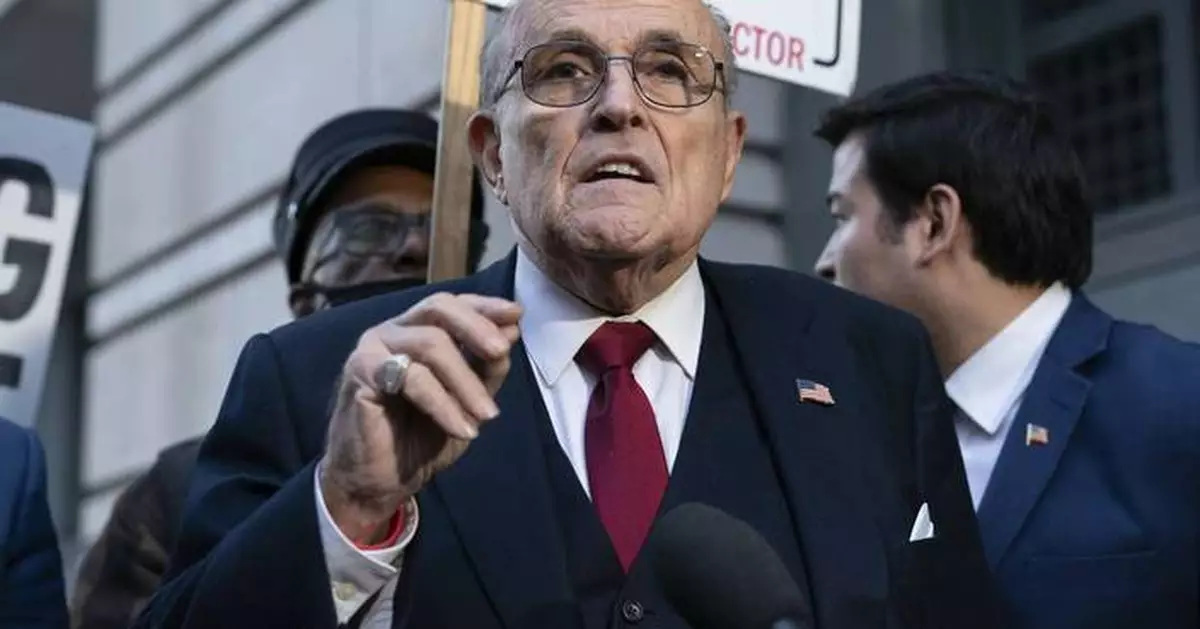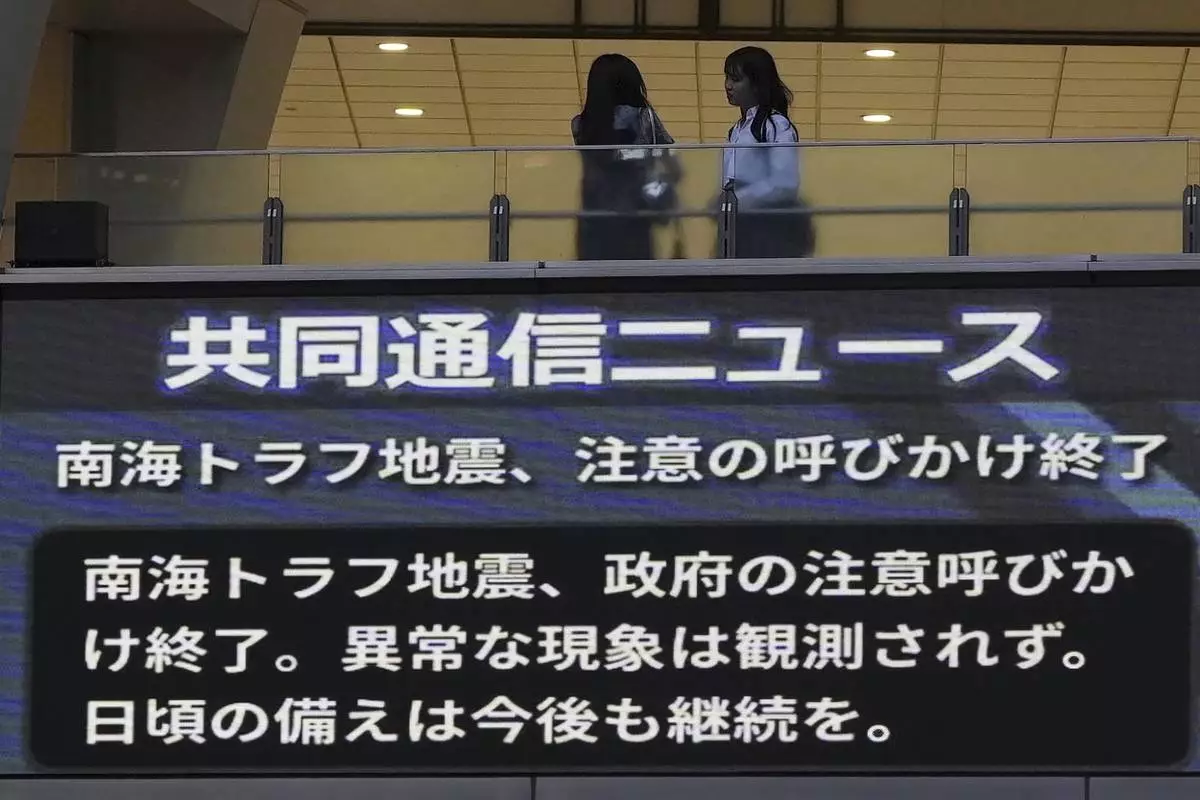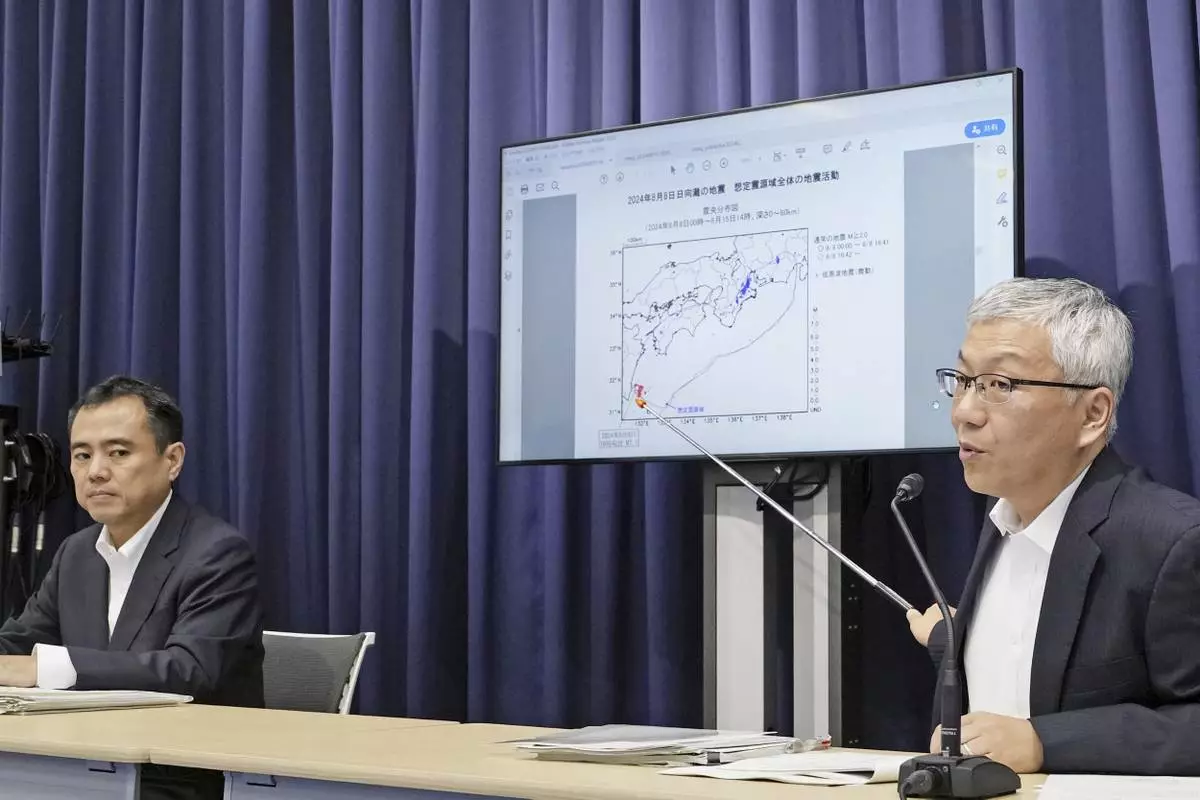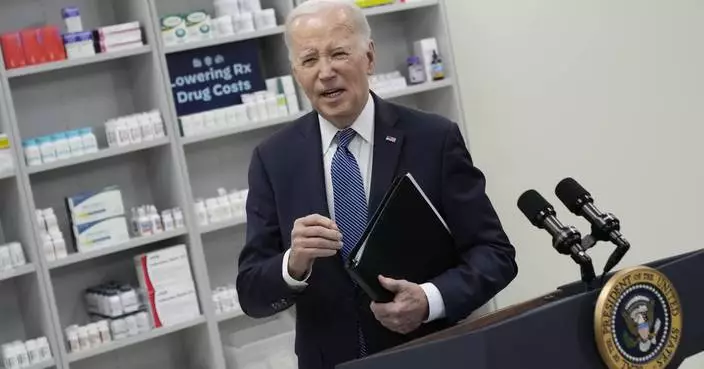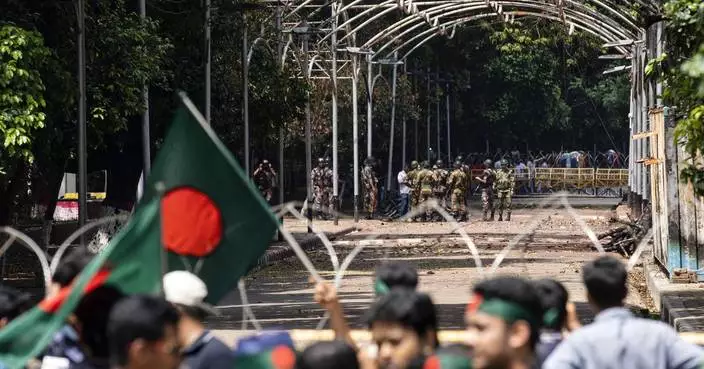NEW YORK (AP) — A federal judge threw out the bankruptcy case of former New York Mayor Rudy Giuliani on Friday. He cited repeated “uncooperative conduct,” including a failure to comply with court orders and disclose sources of income.
While Giuliani's creditors can now pursue other legal remedies, such as seizing his apartments and other assets, the judge's decision also allows the former prosecutor and longtime ally of former President Donald Trump to now try to appeal a massive $148 million defamation verdict.
Here are some details of the bankruptcy case:
U.S. Bankruptcy Judge Sean Lane had sharp criticism for Giuliani, calling him a “recalcitrant debtor” who thumbed his nose at the bankruptcy process to shield himself from the defamation judgment and other debts.
“Transparency into Mr. Giuliani's finances has proven to be an elusive goal,” Lane wrote in his decision, adding how he “sees no evidence that this will change.”
Lane expressed concern Giuliani funneled his income into companies he owned and never reported any income from those entities. He also failed to disclose he is pitching his own “Rudy's Coffee” brand and didn't immediately disclose a book contract.
Not at first. Giuliani filed for bankruptcy last December, days after a jury awarded the eye-popping judgement to two former Georgia election workers who said he spread lies about them in 2020 and upended their lives with racist threats and harassment. The bankruptcy filing had frozen collection of that debt.
Giuliani's lawyers this month sought to have a trustee sell off his assets, but they changed their minds and on Wednesday pushed for the case to be dismissed. Giuliani's spokesperson said he expects the former U.S. attorney will ultimately be “totally vindicated" in court.
Now that the case has been tossed out, Giuliani is no longer protected from creditors, including judgments, collection actions, foreclosures and repossessions, because of an automatic stay granted under federal bankruptcy law. That means his creditors can try to recoup at least some of the money he owes by various means, such as getting a court order to seize his assets.
It also means the two election workers can return to the court and seek enforcement of their judgment. Their lead bankruptcy attorney said in a statement on Friday they plan to “move forward as quickly as possible.” Giuliani is now free to appeal the defamation verdict.
When Giuliani filed for bankruptcy, he listed nearly $153 million in existing or potential debts. That included nearly $1 million in state and federal tax liabilities, money he owes lawyers and millions more in potential judgements in lawsuits against him. He estimated at the time he had assets worth $1 million to $10 million.
In his most recent financial filing in the bankruptcy case, he said he had about $94,000 in cash at the end of May and his company, Guiliani Communications, had about $237,000 in the bank. He has been drawing down on a retirement account, worth nearly $2.5 million in 2022. It had just over $1 million in May.
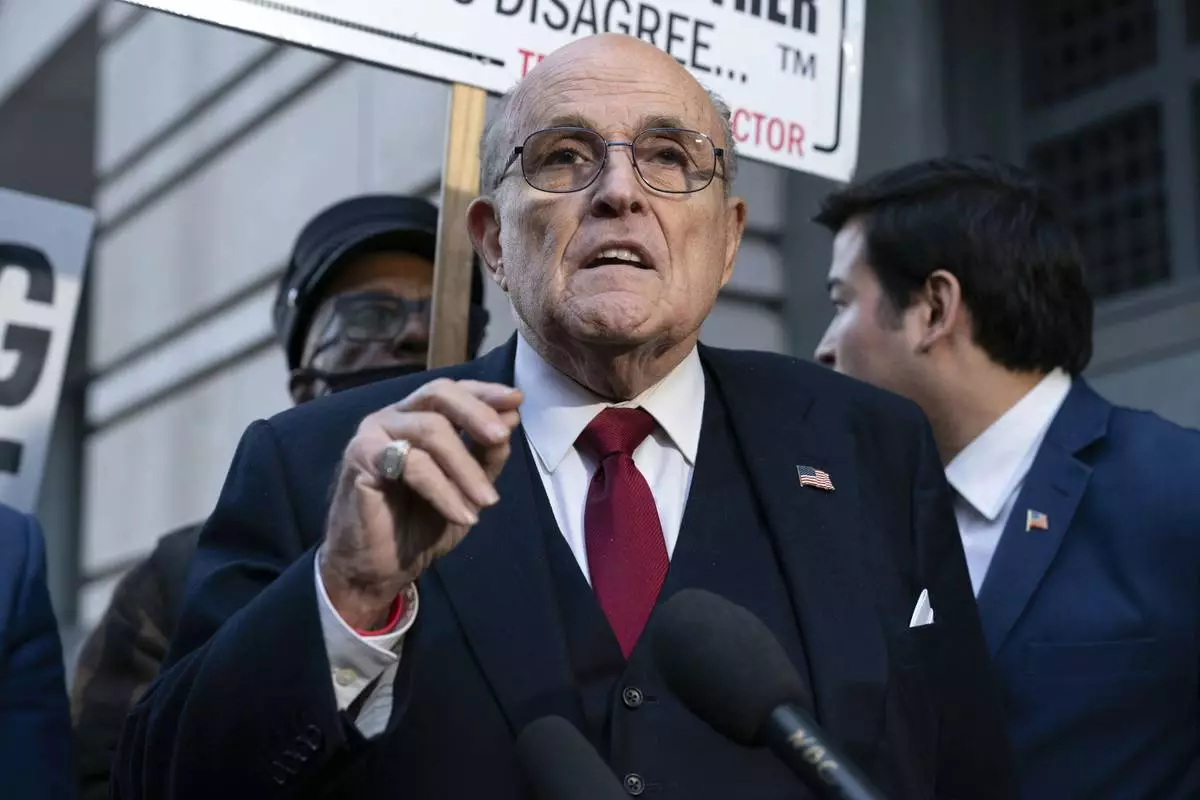
FILE - Rudy Giuliani speaks during a news conference outside federal court in Washington, Dec. 15, 2023. On Friday, July 12, 2024, a federal judge threw out the bankruptcy case of the former New York mayor, citing repeated “uncooperative conduct,” including a failure to comply with court orders and disclose sources of income. (AP Photo/Jose Luis Magana, File)


